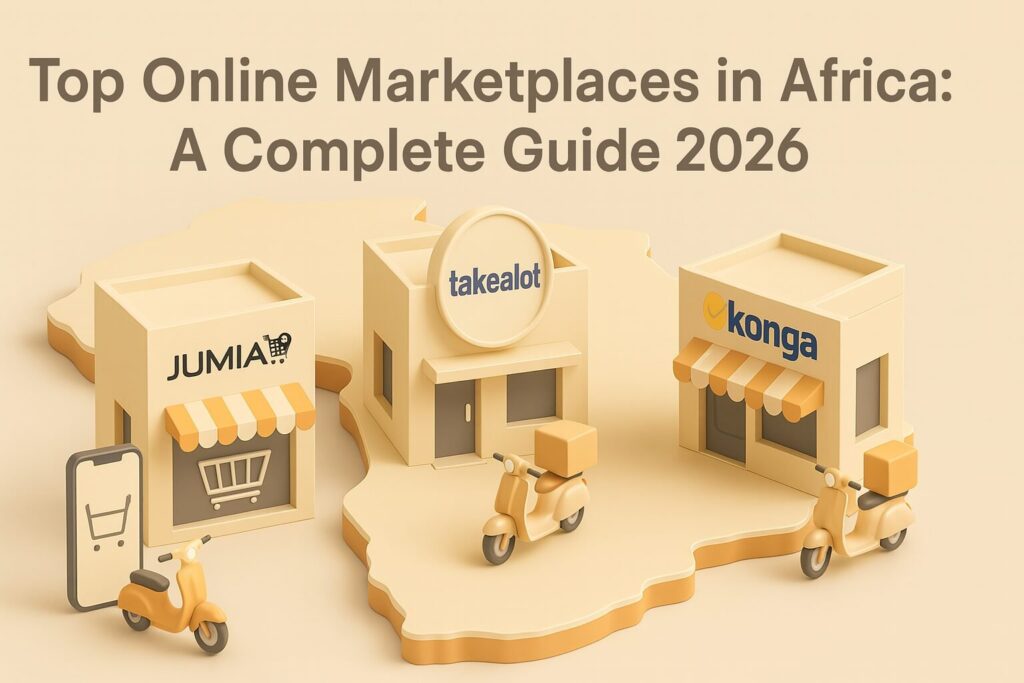The logistics world is finally automating the messy middle, not just the shiny edge. Waredock AI team builds vertical, domain-tuned “AI teammates” that live inside your ops stack and carry work from message to milestone. Think fewer status pings, fewer swivel-chair clicks, and a lot more flow across WMS, TMS, OMS, and CRM.
Analysts agree the wave is here: Gartner’s 2025 tech trends highlight agentic AI and the augmented connected workforce as core supply-chain priorities, with leaders differentiating through autonomous operations. Harvard Business Review frames the shift as moving beyond bolt-ons to agentic systems that execute cross-functional workflows, not just suggest steps. McKinsey, meanwhile, quantifies the upside: better planning and inventory can cut costs and manual workload, with inventory reductions in the ~20–30% range reported where AI improves forecasting and segmentation. DHL’s Trend Radar and Digital Twin work points to richer visibility and continuous optimization across hubs and yards.
The Evolution of AI in Logistics Operations
Where operations are stuck today
Freight and fulfillment still run on email threads, spreadsheets, and tribal SOPs. That creates delays, rework, and expensive last-mile surprises. The push in 2025 is toward intelligent automation and autonomous decision loops that shrink exception handling and bring real-time context into every move.
A vertical approach
Horizontal copilots are helpful, but they rarely “own” the work. Waredock AI takes a vertical tack: logistics-native agents that understand loads, lanes, SLAs, accessorials, carrier rules, warehouse cut-offs, and your internal SOPs—then act.
Meet Warry: Your AI Teammate for Logistics
Warry is not a chatbot. Warry is a teammate that listens, decides, executes, and reports—inside your existing channels.
Core capabilities
- Multi-channel ops: Works through email, Teams/Slack, and SMS; can also trigger calls and status updates when policy requires.
- Deep system integration: Connects to WMS/OMS/TMS/ERP/CRM; reads and writes cleanly with audit trails.
- SOP execution: Follows your playbooks step-by-step, with guardrails for approvals, escalations, and exceptions.
- Dynamic knowledge graph: Captures rules, edge cases, carrier quirks, and doc templates from messages and systems, then reuses them across teams.
What’s different
Most tools automate a task; Warry owns the workflow end-to-end. It reduces communication, not just automates it. The goal is fewer “Did you see this?” emails and more silently-completed jobs—with a single ops log for traceability.
What Warry Actually Does (Representative Use Cases)
- Broker ops: Auto-match loads, book capacity under policy constraints, issue rate-cons, track ETAs, trigger POD capture, and manage accessorial approvals.
- Fleet & dispatch: Optimize routes, respect driver hours and yard windows, schedule maintenance, and nudge compliance.
- Shipper workflows: Validate orders against inventory, orchestrate picks, book tenders, manage ASN/EDI, surface risks, and coordinate appointment slots.
- Cross-functional glue: Syncs finance (accessorials, chargebacks), CX (proactive comms), and procurement (supplier SLAs) without manual re-keying.
These patterns mirror where the market is heading—agentic systems closing loops and freeing humans for exceptions and improvement work.
Impact You Can Expect
- Productivity lift: Routine steps become background noise; teams focus on exceptions and continuous improvement. (Agentic AI = less manual orchestration, more outcome ownership.)
- Inventory & planning gains: Better demand signals and faster replans reduce buffer stock and stockouts.
- Fewer handoffs, tighter SLAs: Warry’s workflow ownership cuts lag between systems and teams—vital as last-mile costs remain the costliest segment.
- Institutional memory: Knowledge captured from messages and actions becomes searchable, reusable SOP intelligence.
How Waredock AI Fits Your 2026 Roadmap
- Aligned with analyst guidance: Gartner’s 2025 view calls out agentic AI and autonomous operations; Waredock AI operationalizes those ideas in day-to-day logistics.
- Designed for resilience: Early-warning signals from supplier data, weather, and market chatter feed proactive playbooks—exactly where McKinsey sees value.
- Built for digital-twin loops: Pair Warry with digital-twin telemetry (inventory scans, yard sensors, robotics) to simulate, decide, and act continuously.
Getting Started
- Map one workflow end-to-end (e.g., tender-to-POD for a priority lane).
- Wire Warry to your systems and comms.
- Codify guardrails (SLAs, approval thresholds, escalation paths).
- Run side-by-side, measure SLA adherence, touches per order, and exception rates.
- Scale across lanes/sites and expand to adjacent workflows.
This is the pragmatic route HBR and Gartner describe: start with real workflows, design for cross-functional execution, and iterate toward autonomy.
The Bottom Line
Waredock AI’s Warry turns logistics from a maze of messages into a machine that moves. With mainstream research now pointing to agentic AI, autonomous operations, and digital-twin-driven visibility as 2026 priorities, the question is no longer if you adopt vertical AI—only where you let it take the wheel first.
If you want, I can convert one of your live SOPs into a Warry pilot flow and include the KPI pack (touches/order, exception rate, SLA delta, and working-capital impact) so you can see results on your own lanes.









